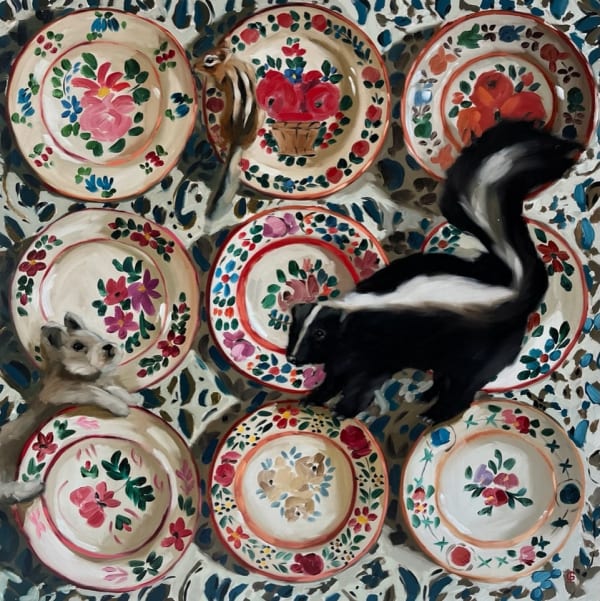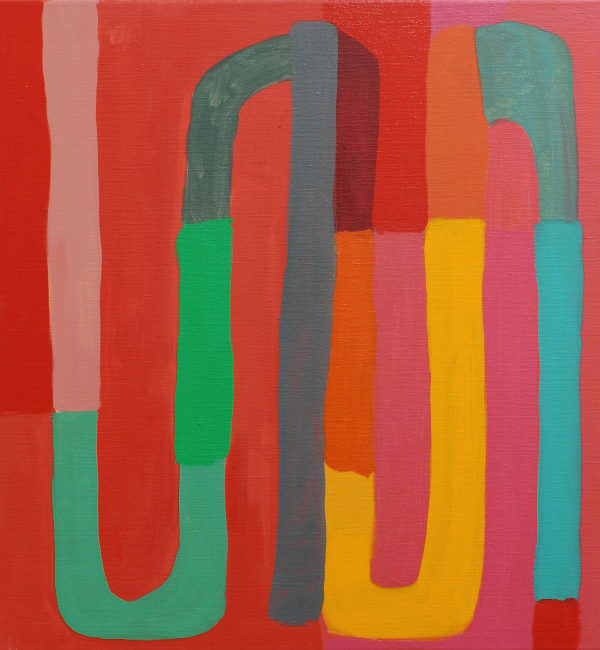OLIVER AKERS DOUGLAS
GEORGIA FIENNES
ANDREW GRAVES
KATE SEMPLE
Tuesday 5 December – Wednesday 20 December 2023
-
OLIVER AKERS DOUGLAS
-

Oliver Akers Douglas at work on North Beach. © The Artist.
-
GEORGIA FIENNES
-
 Georgia Fiennes's studio, 2023. © The Artist.
Georgia Fiennes's studio, 2023. © The Artist. -
ANDREW GRAVES
-
 Andrew Graves's studio, 2023. © The Artist.
Andrew Graves's studio, 2023. © The Artist. -
KATE SEMPLE
-
 Kate Semple, Fabian [left] and Marcel [right], both 2023. © The Artist.
Kate Semple, Fabian [left] and Marcel [right], both 2023. © The Artist.











